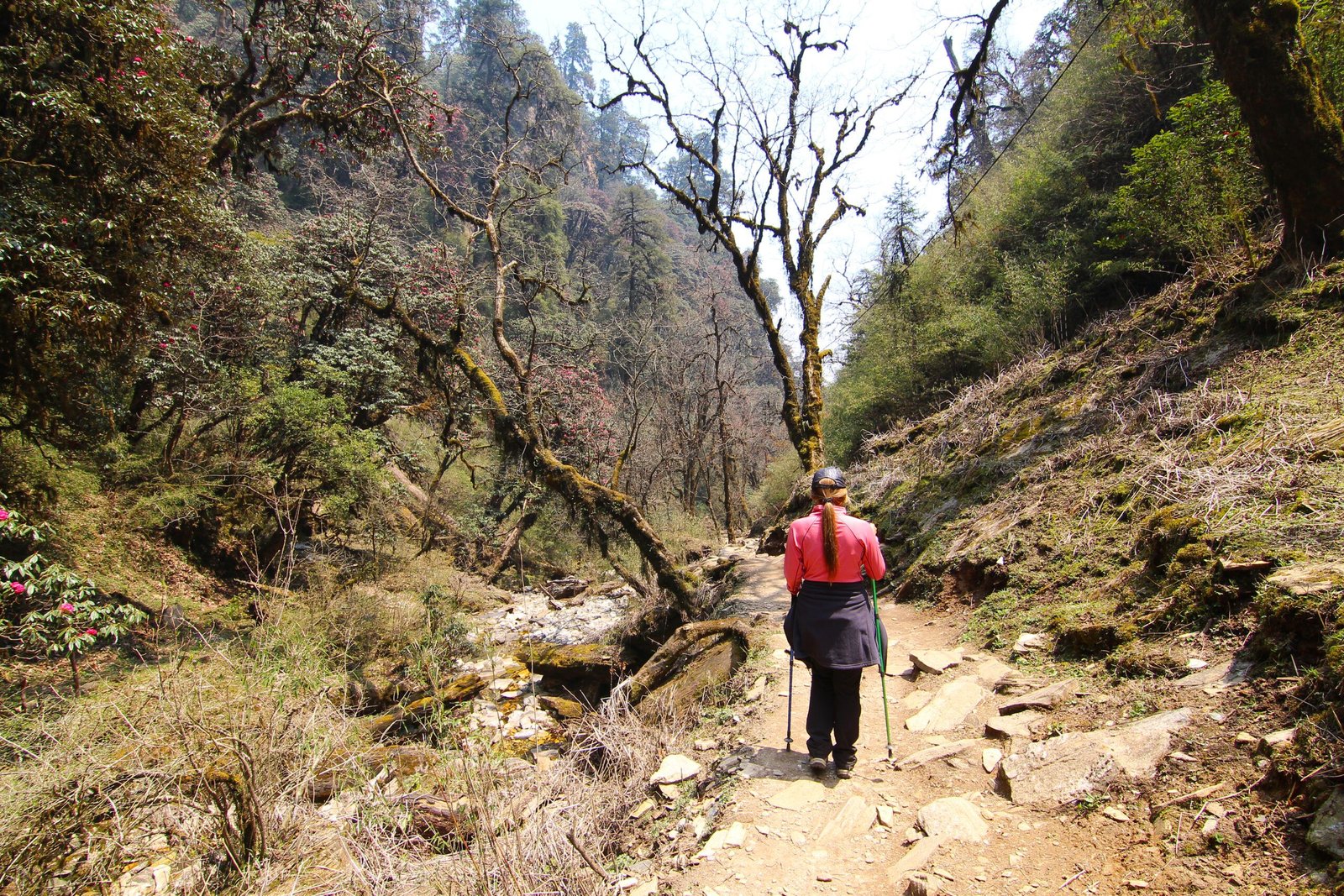Fly fishing trips are more than just a hobby—they’re a way to connect with nature, challenge your skills, and experience the thrill of the catch. For fishing enthusiasts, nature lovers, and outdoor types, the art of “catch and release” is crucial to ensure the sustainability of fish populations and the preservation of our beloved fishing spots. This guide will walk you through best practices for catch and release, ensuring you return every fish safely to its natural habitat.
The Importance of Catch and Release in Fly Fishing
“Catch and Release” isn’t just about letting the fish go; it’s about ensuring they live to swim another day. This practice helps maintain healthy fish populations, supports conservation efforts, and keeps ecosystems balanced. Understanding the importance of “catch and release” can transform your fly fishing trips from a personal adventure into an act of stewardship.
Catch and release techniques are particularly vital in regions where fishing pressures are high. By practicing these methods, anglers contribute to the long-term health and sustainability of fish species. Additionally, catch and release allows future generations to enjoy the sport and the beauty of our natural water bodies.
Preparing for a Successful “Catch and Release”
Preparation is key to a successful catch and release. Before you head out on your fly fishing trip, make sure you have the right gear. Use barbless hooks to minimize injury to the fish, and have a landing net ready. This type of net supports the fish’s weight without damaging its scales or fins.
Handling techniques are also crucial. Wet your hands before touching the fish to prevent removing its protective slime. This slime helps protect the fish from infections and parasites. Always handle the fish gently and avoid squeezing it too tightly, as this can cause internal injuries.
Choosing the Right Gear for Fly Fishing Trips
Selecting the appropriate gear can make a significant difference in your catch and release efforts. Opt for high-quality fly rods and reels that match the type of fish you’re targeting. Using the right gear reduces the time it takes to land the fish, decreasing the stress and exhaustion it experiences.
When it comes to lines and leaders, choose those that are strong enough to handle the fish but light enough to provide a fair fight. This balance ensures the fish remains healthy and capable of being released back into the water with minimal stress.
Lastly, consider investing in polarized sunglasses. These not only protect your eyes but also allow you to see beneath the water’s surface, making it easier to spot fish and assess their condition.
The Role of Barbless Hooks in Catch and Release
Barbless hooks are a game-changer for catch and release fly fishing. They cause less damage to the fish, making it easier to remove the hook and release the fish quickly. You can either purchase barbless hooks or pinch the barbs down on your existing hooks with pliers.
Using barbless hooks also reduces the risk of hooking yourself or others, making your fly fishing trips safer. While some anglers worry about losing fish with barbless hooks, proper technique and tension can minimize this risk. The benefits to the fish far outweigh the occasional lost catch.
Proper Handling Techniques for Fish
Proper handling techniques are essential for the fish’s survival. Begin by landing the fish as quickly as possible to reduce exhaustion. Use a landing net to support the fish’s weight and keep it in the water while you prepare to remove the hook.
When handling the fish, wet your hands to protect its slime layer. Cradle the fish gently, avoiding any pressure on its abdomen and gills. Remove the hook carefully, using pliers if necessary. If the hook is deeply embedded, it’s better to cut the line close to the hook rather than causing further injury.
Minimizing Air Exposure for Catch and Release
Minimizing air exposure is one of the most critical aspects of catch and release. Fish can suffer from stress and damage if kept out of the water for too long. Aim to keep the fish in the water as much as possible, even while taking photos or removing the hook.
If you do need to lift the fish out of the water, do so for only a few seconds. Have your camera ready and set up beforehand to ensure a quick and efficient photo session. The less time the fish spends out of the water, the higher its chances of survival.
Reviving Exhausted Fish
Sometimes, despite your best efforts, the fish may become exhausted during the fight. In these cases, it’s essential to revive the fish before releasing it. Hold the fish gently in the water, facing upstream, to allow water to flow over its gills. This process helps the fish reoxygenate and regain strength.
Be patient during this process, as it can take a few minutes for the fish to recover fully. Avoid moving the fish back and forth, as this can force water into its gills and cause further stress. Once the fish shows signs of strength, such as swimming away from your hand, it is ready to be released.
Understanding the Impact of Water Temperature
Water temperature plays a significant role in the success of catch and release. Fish are more vulnerable to stress in warmer water, as it holds less oxygen. During hot summer months, consider fishing during the cooler parts of the day, such as early morning or late evening.
If the water temperature is too high, it may be best to avoid fishing altogether. Fish caught in warm water are more likely to suffer from exhaustion and have a lower chance of survival. Always carry a thermometer and check the water temperature regularly to ensure safe fishing conditions.
Best Practices for Photographing Your Catch
Photographing your catch is a great way to remember your fly fishing trips, but it’s essential to do so responsibly. Have your camera ready and within reach before you land the fish. This preparation minimizes the time the fish spends out of the water.
When taking the photo, hold the fish gently and avoid squeezing it. Keep the fish close to the water, so you can quickly release it if it begins to struggle. A quick and efficient photo session ensures the fish’s safety and allows you to capture your memorable moment.
The Benefits of Using a Landing Net
A landing net is an invaluable tool for catch and release fly fishing. It supports the fish’s weight, reducing the risk of injury. Opt for a net with a rubber or soft mesh material, as these are gentler on the fish’s scales and fins.
Using a landing net also makes it easier to handle the fish while removing the hook and taking photos. The net ensures the fish remains in the water, minimizing air exposure and stress. Investing in a quality landing net is a small price to pay for the benefits it provides.
Building a Sustainable Future for Fly Fishing
Practicing catch and release is just one aspect of building a sustainable future for fly fishing. Educating fellow anglers and promoting conservation efforts are equally important. By sharing your knowledge and advocating for responsible fishing practices, you contribute to the preservation of our waterways and fish populations.
Supporting organizations and initiatives dedicated to conservation and habitat restoration can also make a significant impact. Together, we can ensure that future generations have the opportunity to enjoy the thrill of fly fishing trips and the beauty of our natural world.
The Joy of Responsible Fly Fishing
Responsible fly fishing is rewarding in more ways than one. Not only do you get to enjoy the thrill of the catch, but you also play a crucial role in preserving fish populations and ecosystems. By practicing catch and release, you’re contributing to a sustainable future for the sport you love.
Next time you head out on a fly fishing trip, remember these best practices for catch and release. Your efforts will ensure that the fish you catch today can swim another day, providing enjoyment for anglers for years to come.
Bringing It All Together
Mastering catch and release techniques is essential for any fishing enthusiast, nature lover, or outdoorsy type. By following these best practices, you can ensure the health and sustainability of fish populations while enjoying your fly fishing trips to the fullest.
From selecting the right gear and using barbless hooks to proper handling techniques and minimizing air exposure, every step you take makes a difference. Reviving exhausted fish, considering water temperature, and using landing nets further enhance your catch and release efforts.
As a responsible angler, you have the power to make a positive impact on the environment and the sport. Share your knowledge, support conservation efforts, and continue practicing sustainable fishing techniques. Together, we can preserve the beauty and excitement of fly fishing for future generations.
Ready to improve your catch and release skills? Start applying these techniques on your next fly fishing trip and experience the satisfaction of knowing you’re making a difference.
Happy fishing!





